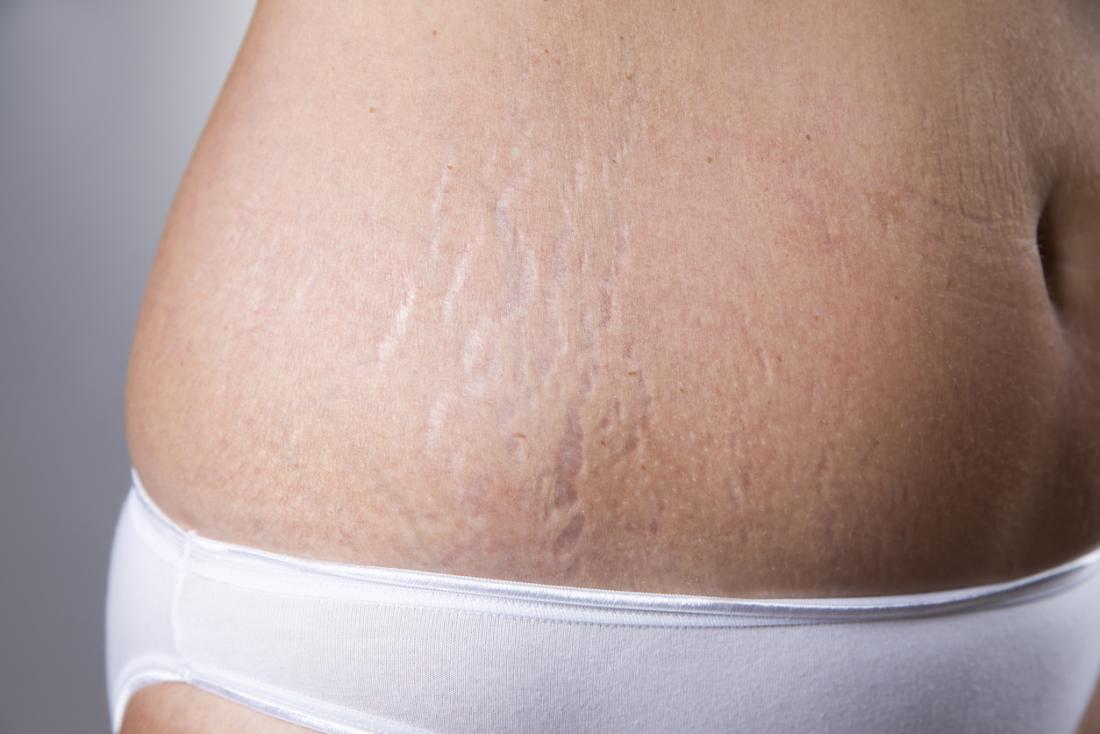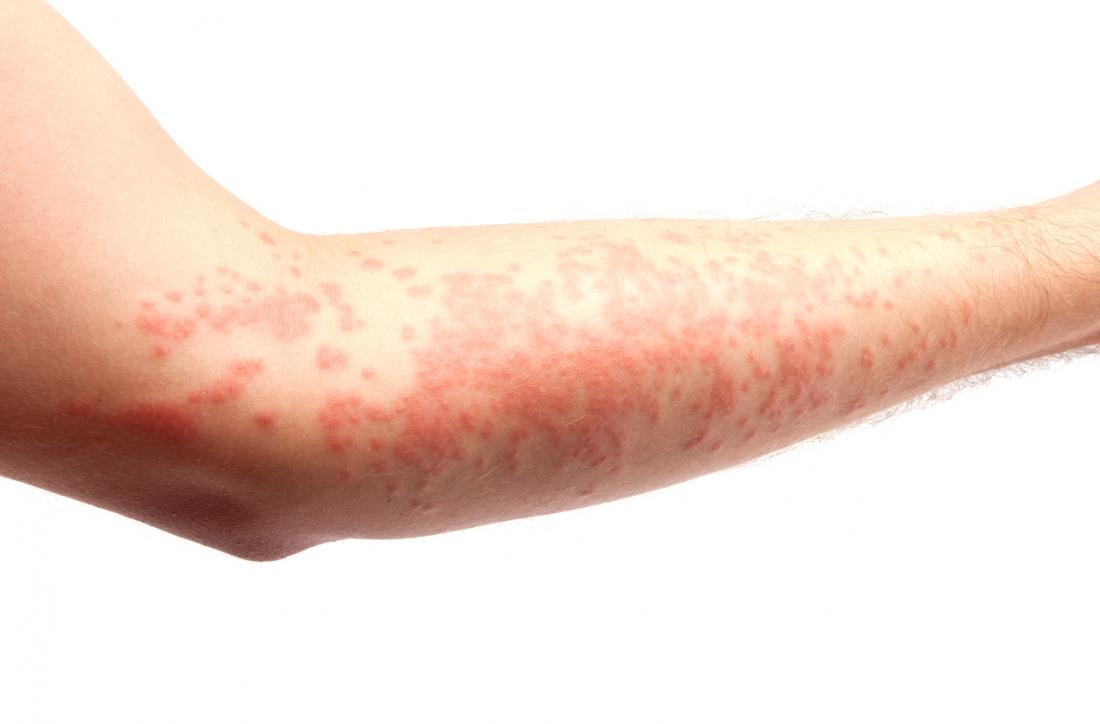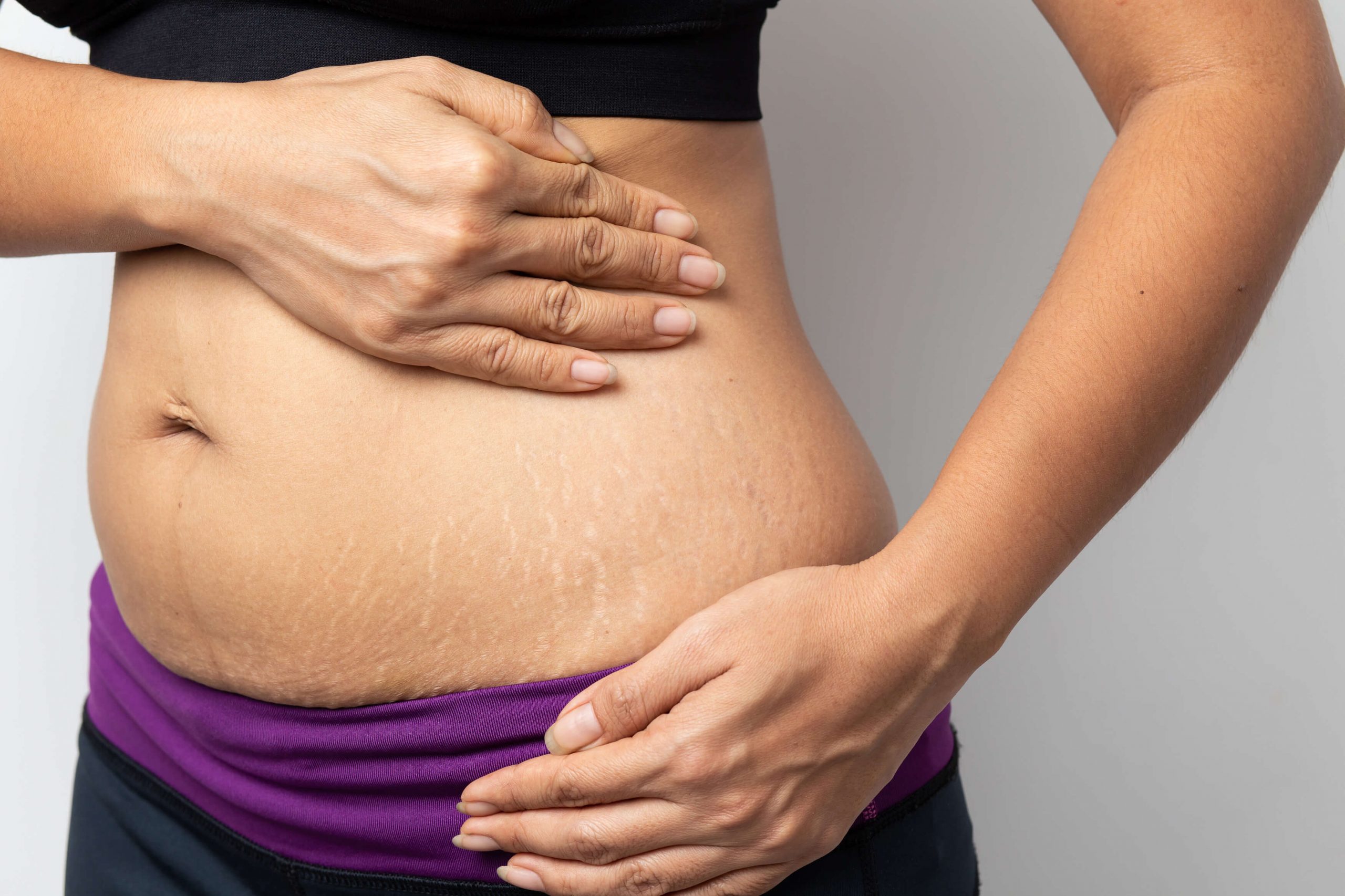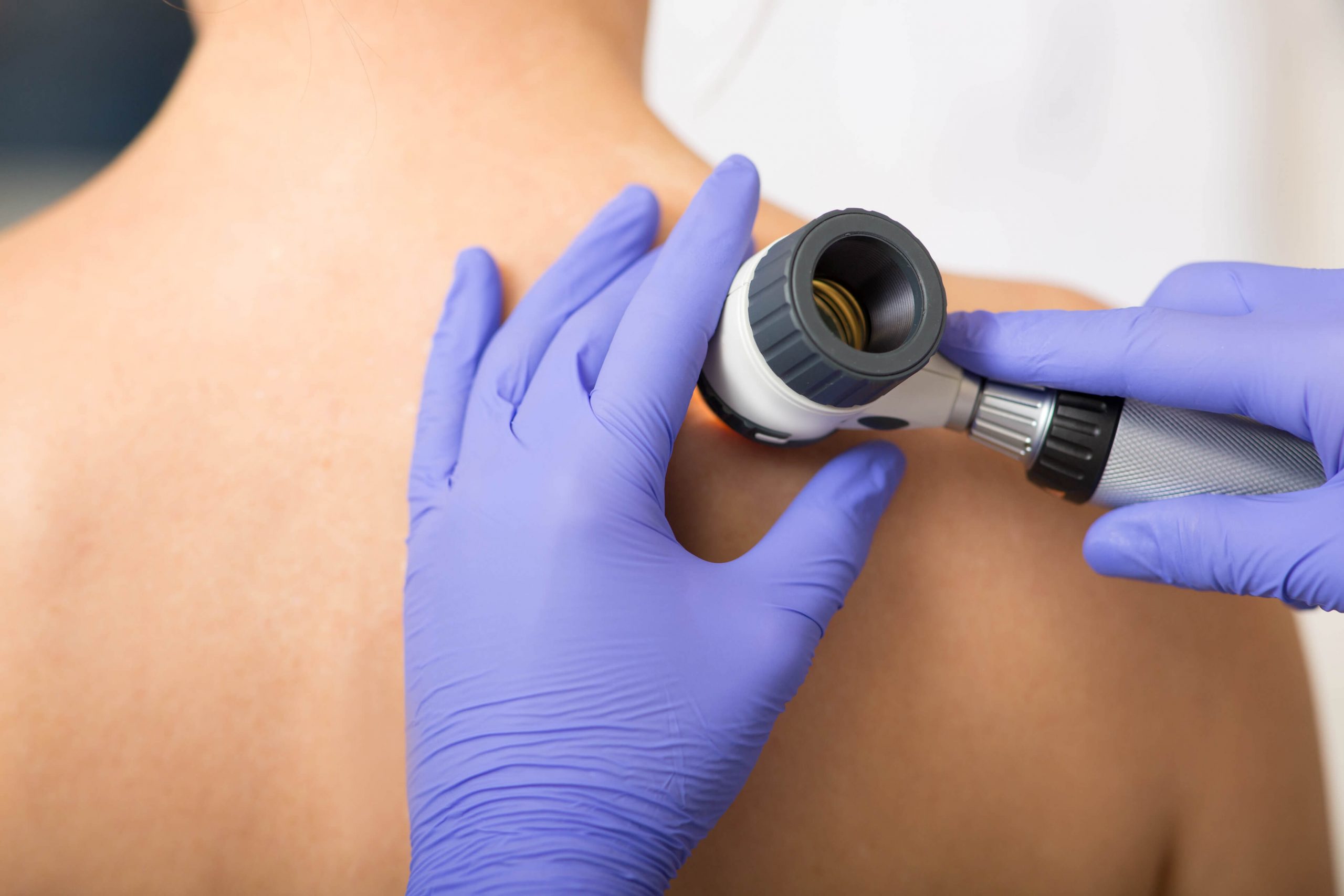Lifestyle and Beauty
Stretch Marks: Why They Appear & How To Heal Them

Stretch marks also referred to as striae, are reddish-brown, pink, or purple streaks that can develop on the skin. They may appear on your thighs, buttocks, the posterior zone of the arms, hips, flank, and over the knees. Over time, the redness is replaced by white streaks which are actually scars within the skin.
In most cases, stretch marks develop when your skin is stretched abruptly due to reasons such as pregnancy or weight gain in a short period of time. Elastin and collagen tissues supporting your skin are not able to adapt to sudden expansions in the body, and eventually tears instead of stretching. The resulting scar is what we know as a stretch mark, which fades over time to have a silvery, glossy, or white appearance.
While they pose no medical risks, stretch marks are a cosmetic concern and can cause problems with self-esteem. Anyone can develop these marks, though they are more common in women than men. Research shows that stretch marks affect between 55% and 90% of women.
Common Causes Of Stretch Marks
Pregnancy
A significant number of women develop stretch marks during pregnancy as the skin stretches to create room for the developing baby. Changes in your hormones during pregnancy can also soften the fibres of your skin, making it more prone to “tearing” and stretch marks.
Stretch marks are most common during or immediately after the sixth month of pregnancy. Commonly affected areas are the abdomen and the breasts due to lactation. Statistics indicate that between 50% and 90% of pregnant women develop stretch marks before or after birth.
Rapid Weight/Muscle Gain
The more weight you gain and the faster you gain it, the more likely you are to develop stretch marks. Putting on lots of muscle mass rapidly as most bodybuilders sometimes do, can also cause stretch marks.
Puberty
Teenagers who are in puberty tend to either put on a significant amount of weight or grow significantly taller in a short period of time. Although the skin is fairly elastic at a young age, collagen production may not be able to keep up with rapid stretching of the skin during puberty, leading to scarring in the form of stretch marks.
Medical Conditions
Medical conditions such as Cushing’s syndrome and Marfan syndrome are known to cause stretch marks. Marfan syndrome causes a significant decrease in the elasticity of your skin tissue which limits its stretching ability. On the other hand, Cushing’s syndrome stimulates overproduction of the hormone cortisol that leads to rapid weight gain hence decreased skin elasticity.
Certain medical conditions that lead to sudden growth, rapid weight gain, or skin problems can also cause stretch marks.
Corticosteroid Use
Corticosteroids inhibit collagen production in the skin, which lead to the thinning and weakening of your skin. Prolonged use of creams and lotions containing corticosteroids could therefore make you more susceptible to the formation of stretch marks.
Genetics
Scientific research links family history to the development of stretch marks. This means that if a close relative had them, there is a higher likelihood that you will also develop stretch marks.
Latest Articles
How Are Abdominal Hernias Treated?
What to Expect from Colorectal Surgery
How to Treat Breast Inflammatory Conditions
Gynaecomastia: Understanding Male Breast Cancer
How To Heal & Get Rid Of Stretch Marks
Just like any other scar on your body, stretch marks are permanent although some may fade with time. Effective treatment may also alleviate the itch and make them less noticeable. However, it is critical to understand that no single treatment method works for everyone.
Take note that over the counter products advertised as perfect stretch mark remedies may not always work as promised. The following are some of the most effective stretch mark treatment options that dermatologists recommend.
Prescription Medicine
There is some evidence suggesting that two ingredients, namely; hyaluronic acid and tretinoin, may improve the appearance of stretch marks. Both hyaluronic acid and tretinoin work by restoring collagen and skin elasticity. Applying controlled amounts of hyaluronic acid to early-stage stretch marks can make them less noticeable.
Microdermabrasion
Microdermabrasion is a minimally invasive procedure that uses a concentrated and controlled spray of tiny crystals to exfoliate your skin with minimal friction. These tiny crystals gently exfoliate your outer skin layer (epidermis), giving rise to a lightened appearance of stretch marks.
Chemical Peeling
During chemical peeling, a chemical solution is applied to the affected area by a trained dermatologist to exfoliate the top skin layers. This encourages skin regeneration as well as the lightens stretch marks.
The type and strength of chemical used to perform this procedure vary depending on the extent of your stretch marks. Based on your condition, your dermatologist will recommend the most suitable chemical peel for you.
Pulsed Dye Laser Therapy
This is one of the most effective procedures when it comes to reducing the appearance of stretch marks while still in the reddish phase. Pulsed dye laser therapy administers short pulses of light into the dermis layer of your skin where stretch marks form. This treatment method stimulates the production of collagen and elastin that are needed to enhance skin elasticity. Newer stretch marks can fade after one treatment while older stretch marks may require between two to four treatment sessions spaced out over several weeks.
Fractional Laser Resurfacing
Fractional laser resurfacing treatment method involves creating minor wounds in your skin to initiate a natural healing process that also increases production of collagen. The concentrated beam of light that travels over the microscopic wounds provides the energy required to kickstart the healing process. The new skin tissue that forms is usually healthy and smooth. Fractional laser treatment can last anywhere between a few minutes and several hours depending on the severity of your stretch marks.
Radiofrequency Skin Resurfacing Treatment
This treatment offers significant results in managing the appearance of early to late-stage stretch marks. This treatment method utilises radiofrequency technology to deliver controlled heat energy to the dermis layer and trigger the production of collagen, which supports and strengthens your skin in the targeted area.
Research shows that the use of radiofrequency skin resurfacing treatment can lead to a consistent reduction in the surface area of stretch marks on your buttocks, abdomen, and thighs.
When Should You Seek Help From A Dermatologist?
If you find yourself spending a lot of time and money on removing your stretch marks without any significant result, you should consider consulting an accredited dermatologist.
Your dermatologist will assess your condition and recommend the most suitable procedure based on your age, health, and the duration you have had the stretch marks.
Most of the in-office procedures are more effective than over-the-counter creams, lotions, and gels. To ensure that you get better results, your dermatologist may also recommend more than one treatment procedure. For instance, he/she may combine pulse dye laser therapy with radiofrequency skin resurfacing treatment.
Read this next ...
WHO WE ARE
About SOG Health Pte. Ltd.
Established in 2011, SOG Health Pte. Ltd. (“SOG”) is a leading healthcare service provider dedicated to delivering holistic health and wellness services to the modern family.
With a long and established track record in Singapore providing Obstetrics and Gynaecology (“O&G”) services such as pre-pregnancy counselling, delivery, pregnancy and post-delivery care, the Group has since further expanded its spectrum of healthcare services to include Paediatrics, Dermatology, and Cancer-related General Surgery (Colorectal, Breast & Thyroid).
The Group’s clinics, under its four operating segments of O&G, Paediatrics, Oncology and Dermatology, are strategically located throughout Singapore to provide easy access to its patients.
- Obstetrics
- Gynaecology
- GynaeOncology
- Breast, Thyroid & General Surgery
- Colorectal, Endoscopy & General Surgery
- Dermatology
- Paediatrics
Consult With A Specialist From SOG
Visit one of our specialists today to learn more about your health!
Recommended Dermatologists
Book An Appointment
Fill up this form and our clinic will get back to you shortly.
For general enquiries, please click here.




